#Apollo50th
Text
You’ve Heard “Houston, we’ve had a problem,” But Do You Know The Mission It’s From?
It’s the 50th anniversary of the Apollo 13 mission! NASA’s “successful failure,”Apollo 13 was to be the third lunar landing attempt, but the mission was aborted mid-flight after the rupture of a service module oxygen tank. The crew never landed on the moon, but due to the dedication and ingenuity of Mission Control, made it back to Earth safely. We’ve put some of the most important numbers of the Apollo 13 mission in perspective. Check it out!









Listen to the mission in real time, HERE.
Follow NASA History on Twitter and Facebook for more interesting information about aerospace history!
Check out the stats of all the Apollo Missions in the free e-book Apollo by the Numbers, HERE.
#Apollo 13#Apollo50th#Moon2Mars#ApolloByTheNumbers#Apollo13NOW#NASAHistory#history#space#spaceflight
3K notes
·
View notes
Photo
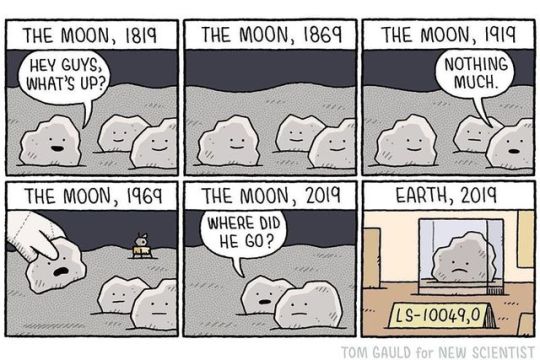
For @newscientist #apollo50th https://www.instagram.com/p/B0gYdvTHBs6/?igshid=1p0e470gditwx
4K notes
·
View notes
Video
How to wear an Apollo 11 spacesuit. “It might be called a one-man spaceship of the smallest possible dimensions.” From the NASA documentary Moonwalk One, 1971.
#apollo 11#space#science#history#film#apollo50#apollo 50#apollo50th#nasa#documentary#moonwalk one#1960s
804 notes
·
View notes
Text
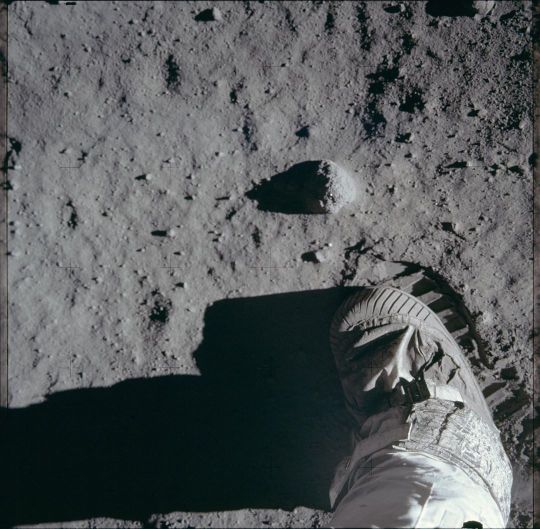




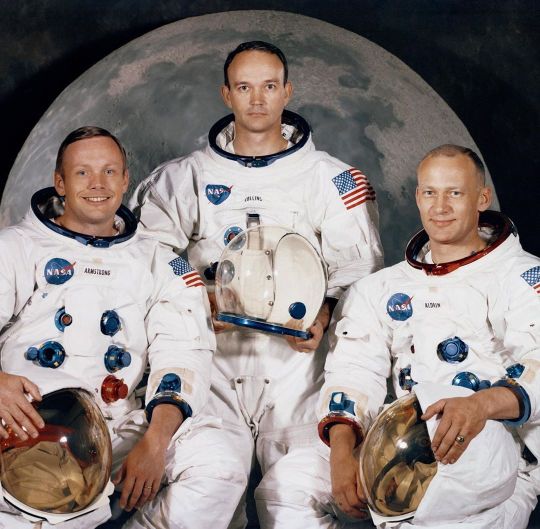
Today, at 10:56 p.m. EDT 50 years ago, Apollo 11 took that one giant leap – making history for all of mankind. 🌔👨🚀
Image Credit: NASA
#Apollo50th#NASA#apolo#apolo 11#history#america#space#neil armstrong#michael collins#buzz aldrin#national space#earth#planet#exploration#universe#love#amazing#like#art#nature#photography#photooftheday#tumblr#awesome#beautiful#sky#sun
557 notes
·
View notes
Photo

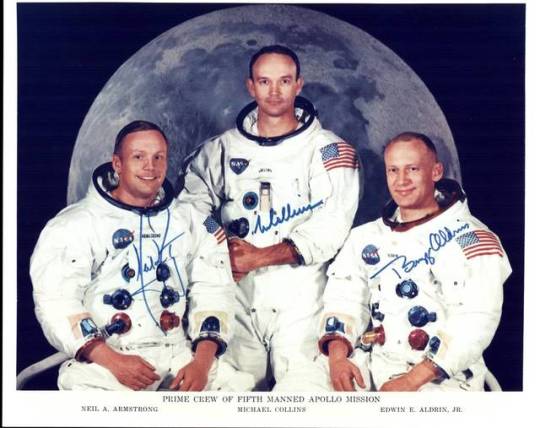
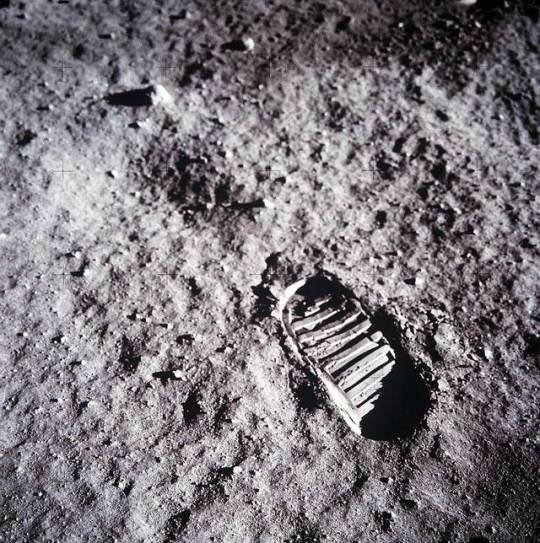
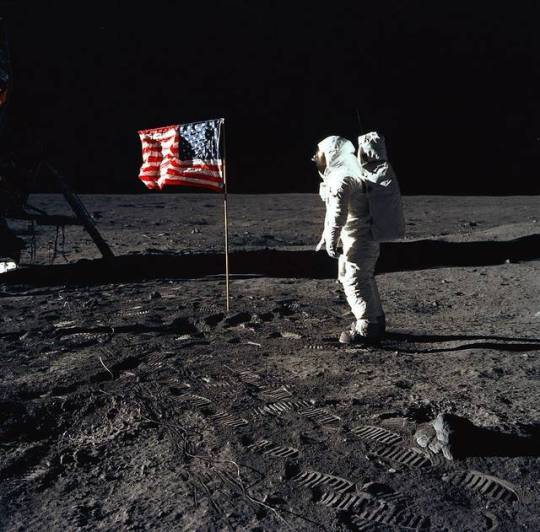
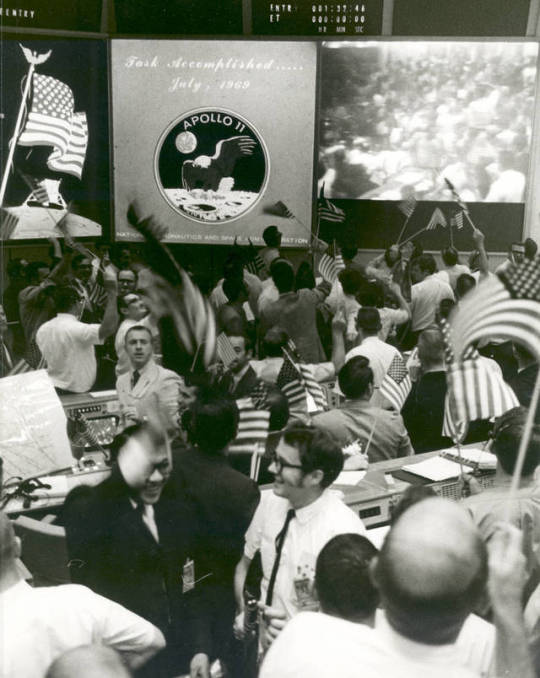
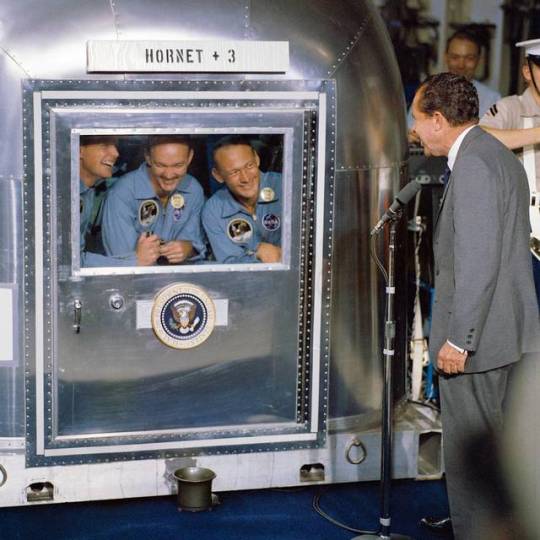
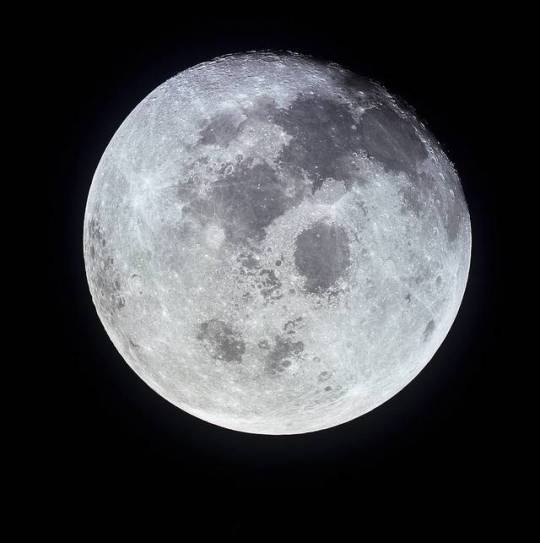
50 years ago this week...
1. The Saturn V launch vehicle (SA-506) for the Apollo 11 mission liftoff at 8:32 am CDT, July 16, 1969, from launch complex 39A at the Kennedy Space Center.
2. Apollo 11 Official Crew Portrait. L-R: Neil A. Armstrong, Commander; Michael Collins, Command Module Pilot; and Edwin E. Aldrin Jr., Lunar Module Pilot.
3. Buzz Aldrin's bootprint in the lunar soil.
4. Buzz Aldrin poses beside the deployed United States flag during an Apollo 11 extravehicular activity (EVA) on the lunar surface.
5. Mission Operations Control Room of the Mission Control Center applauding the splashdown & success of Apollo 11.
6. President Richard M. Nixon welcomes the Apollo 11 astronauts home aboard the USS Hornet, prime recovery ship for the mission.
7. Full Moon photographed from Apollo 11 during its trans-Earth journey homeward, 10,000 nautical miles away.
All images courtesy of @nasa.
#Apollo50th#Moon Landing#Space#Astronauts#Space Week#NASA#Moon#Apollo50#Neil Armstrong#Buzz Aldrin#Michael Collins
344 notes
·
View notes
Text
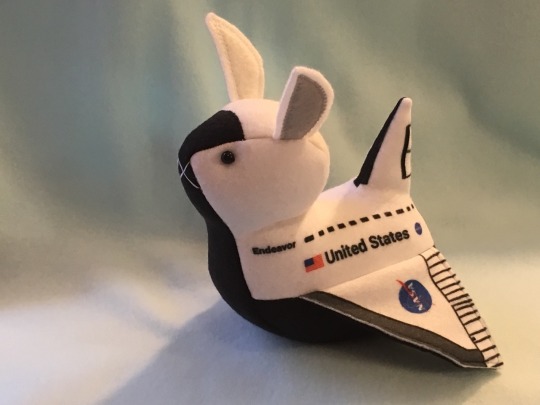
Happy 50th anniversary of The Moon Landing! To celebrate this, August’s Feature Bean at my patreon will be a bunny of the Endeavor shuttle!
Join at the $10, $20, and $30 levels for quarterly or monthly beans like this one! You can also join at $1 for coupons to my shop, The Stitchy Button on etsy, or $5 for monthly coupons and postcard prints!
123 notes
·
View notes
Photo
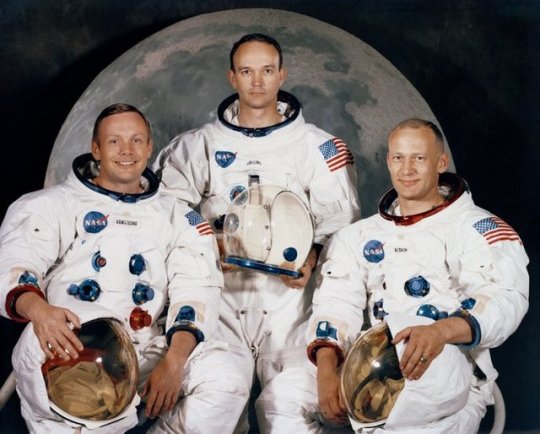
142 notes
·
View notes
Photo
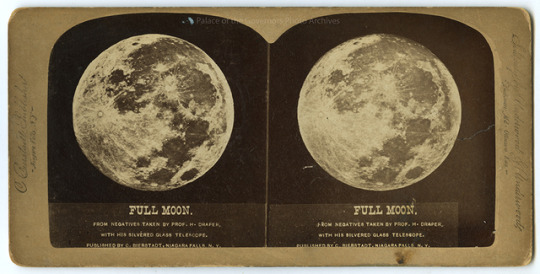
Full moon
Photographer: Henry Draper
Date: ca. 1870 - 1885
Publisher: Charles Bierstadt, Underwood & Underwood
Negative Number: 065299
134 notes
·
View notes
Photo

Pierre Cardin, a fashion designer known for his futuristic creations, said “the cosmos has always attracted me, even before the Space Age…I always imagined that man would one day walk on the moon.” On July 20, 1969, Cardin was on the Champs-Elysées, surrounded by thousands of anxious and excited people watching the Apollo 11 footage, “waiting for the dream to become a reality.”
Just a few months after this momentous event, Cardin toured the @nasa Manned Space Center in Houston where he had the privilege of trying on an astronaut’s pressure suit. This was a moment that Cardin later said is his most beautiful memory.
Opening today on the Apollo 50th anniversary, Pierre Cardin: Future Fashion encapsulates the excitement surrounding the moon landing with a retrospective of designs envisioning a bold Space Age future. See it now through January 5, 2020.
Pierre Cardin wearing Apollo 11 space suit, 1969. (Photo: Courtesy of Archives Pierre Cardin. © Archives Pierre Cardin)
#pierrecardinbkm#future fashion#pierre cardin#apollo 11#moon landing#nasa#astronaut#space suit#neil armstrong#houston#retrospective#exhibition#brooklyn museum#brooklyn#nyc#exhibitions#apollo50th#apollo 50th anniversary
141 notes
·
View notes
Text
Spacesuits: Apollo 11

They say “clothes make the man”. As we continue our countdown to the Apollo 50th anniversary, here is a quick look at the clothes that made the Apollo 11 astronauts, and the women that put them together.

The spacesuit used for the Apollo Program was known as the Extravehicular Mobility Unit, or EMU. It contained several parts:
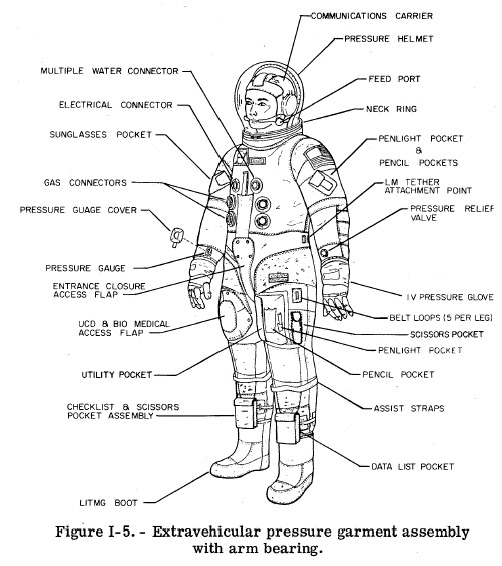
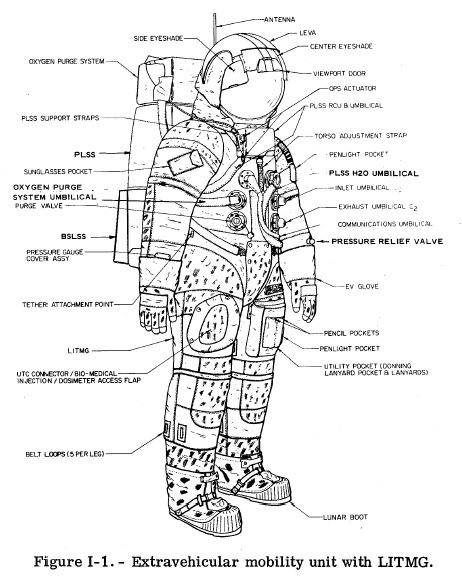
A water-cooled nylon undergarment
A multi-layered pressure suit: inside layer - lightweight nylon with fabric vents; middle layer - neoprene-coated nylon to hold pressure; outer layer - nylon to restrain the pressurized layers beneath
Five layers of aluminized Mylar interwoven with four layers of Dacron for heat protection
Two layers of Kapton for additional heat protection
A layer of Teflon-coated cloth (nonflammable) for protection from scrapes
A layer of white Teflon cloth (nonflammable)

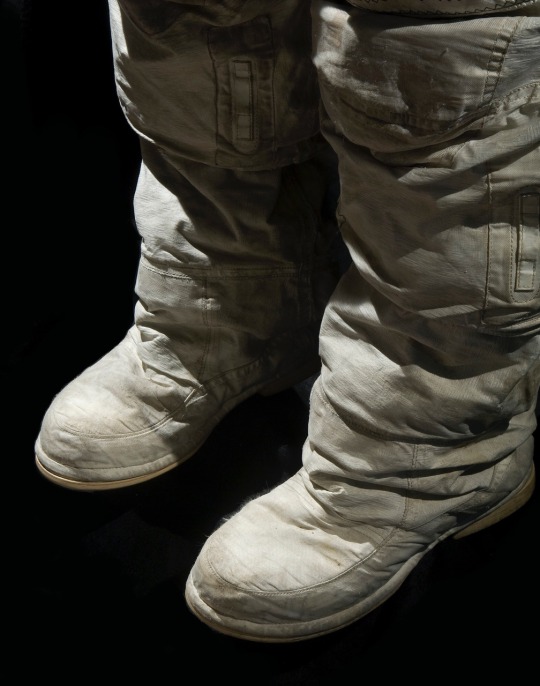
These suits took over three years to produce, and weighed about 200 lbs when fully assembled. They provided life support, kept the astronauts safe from solar radiation, micrometeoroids, and helped to regulate the temperatures of space. They needed to be perfectly constructed with the best precision possible, made to support the most dangerous of conditions. And no one knows support better than the dedicated women behind these suits.


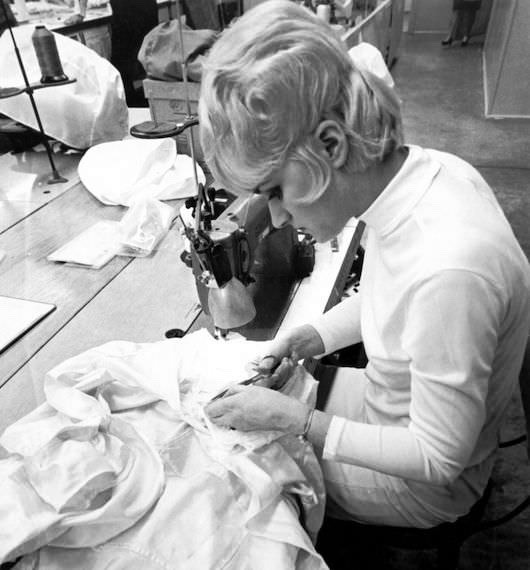

Here are images of the seamstresses from the Playtex (yes, that Playtex) company putting some of the most famous suits across the globe together, for humanities greatest achievement to date.
📷 credit: @nasa/@smithsonian/© MIT Press/ILC Dover
121 notes
·
View notes
Link
83 notes
·
View notes
Text
Remember the Women Who Made #Apollo50th Possible
As the world celebrates the 50th anniversary of the historic Moon landing, we remember some of the women whose hard work and ingenuity made it possible. The women featured here represent just a small fraction of the enormous contributions made by women during the Apollo era.
Margaret Hamilton, Computer Programmer

Margaret Hamilton led the team that developed the building blocks of software engineering — a term that she coined herself. Her systems approach to the Apollo software development and insistence on rigorous testing was critical to the success of Apollo. In fact, the Apollo guidance software was so robust that no software bugs were found on any crewed Apollo missions, and it was adapted for use in Skylab, the Space Shuttle and the first digital fly-by-wire systems in aircraft.
In this photo, Hamilton stands next to a stack of Apollo Guidance Computer source code. As she noted, “There was no second chance. We all knew that.”
Katherine Johnson, Aerospace Technologist
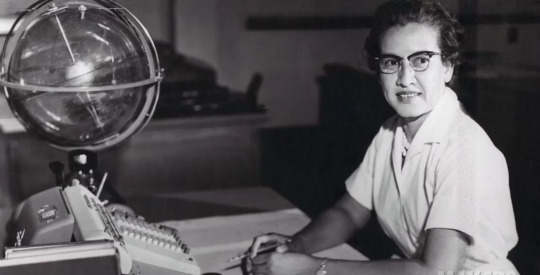
As a very young girl, Katherine Johnson loved to count things. She counted everything, from the number of steps she took to get to the road to the number of forks and plates she washed when doing the dishes.
As an adult, Johnson became a “human computer” for the National Advisory Committee for Aeronautics, which in 1958, became NASA. Her calculations were crucial to syncing Apollo’s Lunar Lander with the Moon-orbiting Command and Service Module. “I went to work every day for 33 years happy. Never did I get up and say I don't want to go to work."
Judy Sullivan, Biomedical Engineer
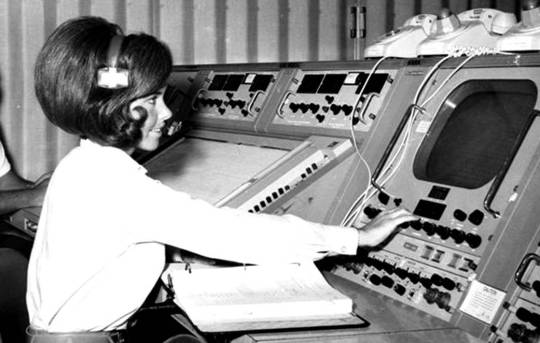
This fabulous flip belongs to biomedical engineer Judy Sullivan, who monitored the vital signs of the Apollo 11 astronauts throughout their spaceflight training via small sensors attached to their bodies. On July 16, 1969, she was the only woman in the suit lab as the team helped Neil Armstrong suit up for launch.
Sullivan appeared on the game show “To Tell the Truth,” in which a celebrity panel had to guess which of the female contestants was a biomedical engineer. Her choice to wear a short, ruffled skirt stumped everyone and won her a $500 prize. In this photo, Sullivan monitors a console during a training exercise for the first lunar landing mission.
Billie Robertson, Mathematician
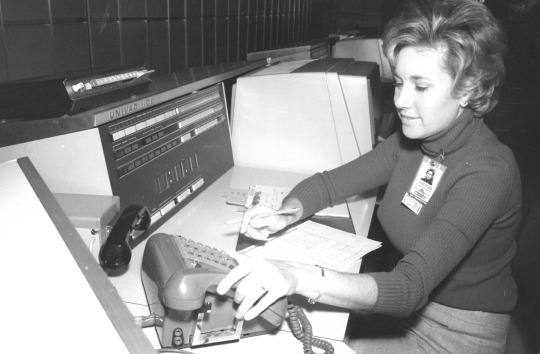
Billie Robertson, pictured here in 1972 running a real-time go-no-go simulation for the Apollo 17 mission, originally intended to become a math teacher. Instead, she worked with the Army Ballistic Missile Agency, which later became rolled into NASA. She created the manual for running computer models that were used to simulate launches for the Apollo, Skylab and Apollo Soyuz Test Project programs.
Robertson regularly visited local schools over the course of her career, empowering young women to pursue careers in STEM and aerospace.
Mary Jackson, Aeronautical Engineer
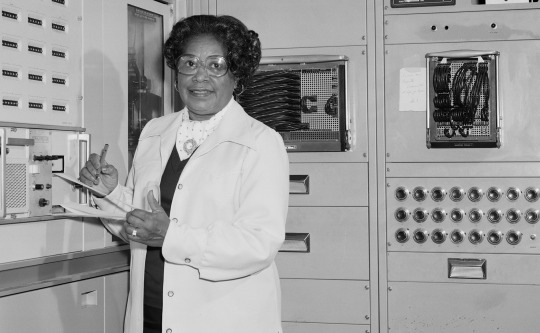
In 1958, Mary Jackson became NASA’s first African-American female engineer. Her engineering specialty was the extremely complex field of boundary layer effects on aerospace vehicles at supersonic speeds.
In the 1970s, Jackson helped the students at Hampton’s King Street Community center build their own wind tunnel and use it to conduct experiments. “We have to do something like this to get them interested in science," she said for the local newspaper. "Sometimes they are not aware of the number of black scientists, and don't even know of the career opportunities until it is too late."
Ethel Heinecke Bauer, Aerospace Engineer
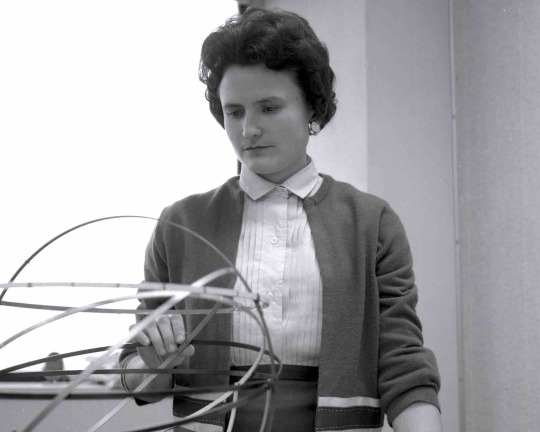
After watching the launch of Sputnik in October 1957, Ethel Heinecke Bauer changed her major to mathematics. Over her 32 years at NASA, she worked at two different centers in mathematics, aerospace engineering, development and more.
Bauer planned the lunar trajectories for the Apollo program including the ‘free return’ trajectory which allowed for a safe return in the event of a systems failure — a trajectory used on Apollo 13, as well as the first three Apollo flights to the Moon. In the above photo, Bauer works on trajectories with the help of an orbital model.
Follow Women@NASA for more stories like this one, and make sure to follow us on Tumblr for your regular dose of space: http://nasa.tumblr.com.
#apollo 11#apollo50th#women in STEM#history#nasa#space#women of NASA#Moon#Moon landing#lunar landing#STEM#mathematics#aerospace#apollo
15K notes
·
View notes
Photo

"Tranquility Base" on the Moon, pictured in Revell box art for an Apollo 11 model, 1969.
#apollo 11#revell#vintage#space#scientific illustration#apollo 50#apollo 50th#apollo50th#apollo50#moon#tranquility base#apollo program
245 notes
·
View notes
Photo
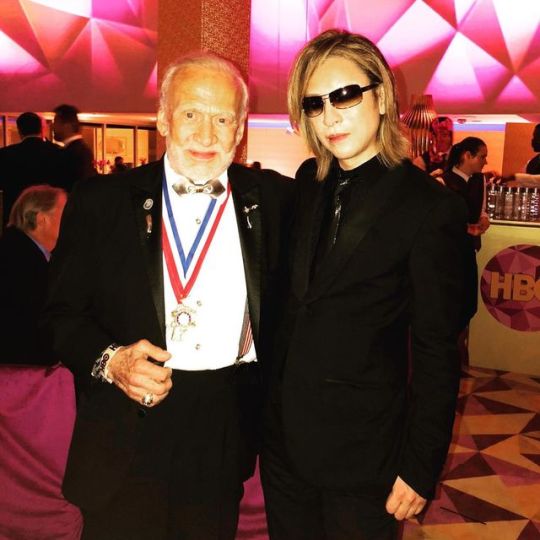
50 years ago today he landed on the moon, 1st time in human history. #BuzzAldrin #apollo11 #apollo50th 50年前の今日 #バズオルドリン 人類初の月面着陸 。 Pic from #GoldenGlobes https://www.instagram.com/p/B0KUGQwAzOU/?igshid=1idiute8fajm8
70 notes
·
View notes
Photo
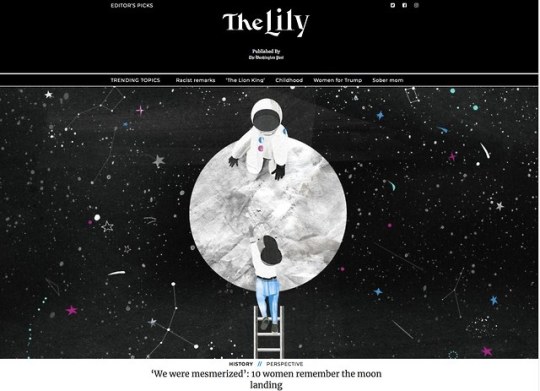

For The Lily @ Washington Post.
A series of illustrations celebrating Apollo’s 50 Anniversary (with a gif I made for fun).
🌙
69 notes
·
View notes
Photo

7/24/1969 " because as a result of what happened in this week, the world is bigger, infinitely...as a result of what you have done, the world has never been closer together before."
President Nixon went by helicopter from the USS Armstrong to the aircraft carrier USS Hornet, the primary recovery ship for the Apollo 11 command module Columbia. Due to the threat of bad weather, the Columbia had to change its recovery destination target, which was more risky than it sounds.
At 16:44:06 GMT, the Columbia's drogue parachute opened and the module descended to the water for several minutes. The module splashed down at 16:50:35 GMT.
The Apollo 11 astronauts were recovered from the Columbia and placed inside the Mobile Quarantine Facility or MQF aboard the USS Hornet. President Nixon welcomed the astronauts back to Earth from outside the MQF as shown in this NASA photo
#OTD#Nixon50#nixon#Apollo11#Apollo50th#Buzz Aldrin#Neil Armstrong#Michael Collins#astronauts#NASA#mobile quarantine facility#mqf
52 notes
·
View notes